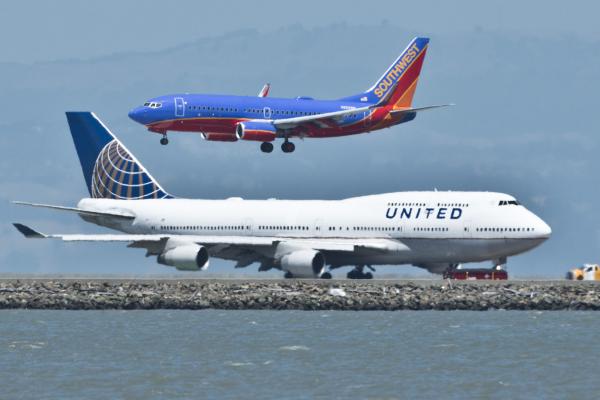Sept. 30 (UPI) — More than 30,000 airline jobs are on the line Wednesday with one day left before billions in federal aid expires without a new stimulus deal to replace it.
Grants and loans totaling about $25 billion that prohibited the airlines from laying off or furloughing employees come to an end beginning Thursday, and as of Wednesday afternoon, there’s been no consensus in Congress on how to replace the aid. The previous funding came as part of the $2.2 trillion CARES Act signed into law March 27.
House Democrats passed a new stimulus package in May, which provided billions more in aid to the airline industry, but Republicans in the White House and Speaker Nancy Pelosi were unable to come to an agreement on the legislation.
The heads of all major U.S. airlines met with White House chief of staff Mark Meadows — who’s involved in stimulus negotiations — to ask for a renewal of federal aid. He told the CEOs that President Donald Trump supports additional funding to save thousands of jobs.
The House unveiled a new version of the HEROES Act on Tuesday with $25 billion to help stave off airline layoffs. It’s unlikely, though, the legislation can be agreed upon, passed in both chambers of Congress and signed by Trump before the start of October.
Airlines for America, an industry group, called for an extension of the Payroll Support Program, which was part of the CARES Act and provided the original funding to airlines.
“We appreciate the efforts of Speaker Pelosi and [Treasury] Secretary [Steven] Mnuchin as they continue to negotiate a comprehensive relief package for our country. We were pleased to see Secretary Mnuchin call on Congress ‘to extend the Payroll Support Program so we can continue to support aviation industry workers as our economy reopens and we continue on the path to recovery,'” Airlines For America President and CEO Nicholas Calio said.
The industry group said that though there’s been a recent uptick in air passenger travel in recent weeks, U.S. airlines’ passenger volumes still remain well below what they were a year ago. In the week ending Sept. 20, domestic air travel was down 66% and international travel was down 84% compared with the same week in 2019.
Northeastern states are seeing the largest amount of air service reductions for October, with Washington, D.C., (76% reduction) leading the field, followed by New York (67%), Connecticut (61%), Massachusetts (61%), Rhode Island (60%) and New Jersey (60%). The least impacted territories are Montana (4%), the U.S. Virgin Islands (18%), Idaho (19%), Utah (21%) and Wyoming (26%).







